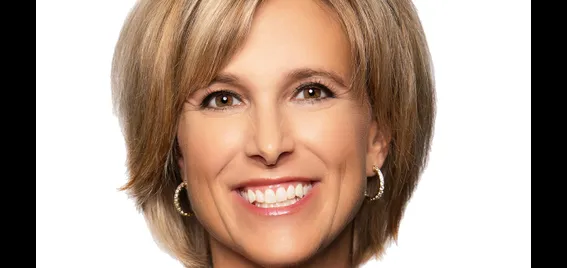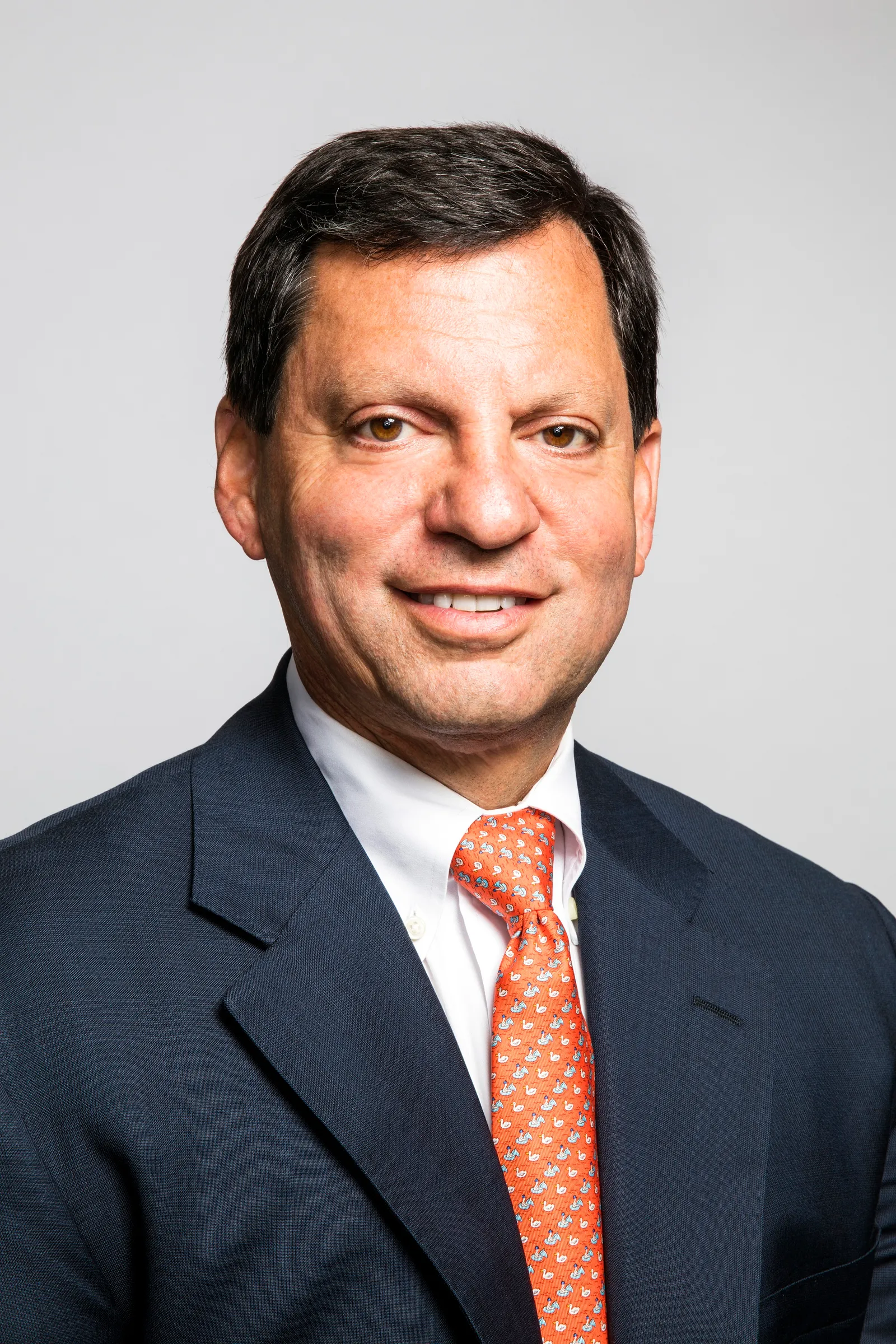Three years ago, the giant payments processing companies FIS and Fiserv made multi-billion-dollar acquisitions, and pledges to achieve economies of scale that would drive profits.
“Scale matters in our rapidly changing industry,” FIS Chairman and CEO Gary Norcross said at the time. The company, officially known as Fidelity National Information Services, said its 2019 merger with Worldpay would combine “modern” software services for banks with e-commerce payments innovation.
Fast-forward to the dawn of 2023 — past a global pandemic and an onslaught of new, digital competition. Now, FIS and Fiserv are struggling to boost profits in their two key service segments catering to merchants and banks. As for Norcross, he exited abruptly this month.
Through their 2019 acquisitions, FIS and Fiserv doubled down on old-school technology just as ambitious venture-backed fintechs, including Square, Toast and Stripe, raced ahead with digital payments ideas. When COVID-19 sped up e-commerce growth, the fledgling fintechs seized market share, ratcheting up rivalries.
As the battle intensifies, with FIS and Fiserv going head-to-head, the giant processors are recasting operations by slashing costs, selling business units and potentially eliminating thousands of jobs worldwide.
With persistently high inflation, rising interest rates and a possible recession in the offing, next year will test their 2019 promises that more scale would equal bigger profits.
“It will be interesting to see whether these legacy payment processors regain some market ground, or if the gap becomes too big to close, compared to the more nimble fintechs,” said Peter Sanchez, an executive vice president at the Chicago-based institutional bank Northern Trust.
Sanchez, who heads up Northern Trust banking and treasury services, said the large processors have been hemmed in by regulatory and market changes, and unable to adapt as quickly as young rivals.

Topping the long list of digital payment rivals are Block’s Square, the digital device pioneer that enabled small merchants to take credit card payments; Toast, which is gobbling up restaurant payments; the mega-unicorn Stripe, with its digital edge; and Dutch new entrant Adyen making inroads in the U.S.
“It's a huge advantage right now for the fintechs through the recent years of regulatory and industry change, that their platforms had the ability to design to those standards from the outset, rather than having to design after they have a full system in place,” Sanchez said.
While the payments processing behemoths have swallowed some small fry as a means of absorbing entrepreneurial know-how and technological innovations, those deals have not always panned out.
For instance, Monitise faded away after being acquired by Fiserv, said Robert Keil, the chief payments officer at Attica, Ohio-based Sutton Bank and a former Fiserv vice president who oversaw fintech and emerging payments.
FIS and Fiserv are “where good technology goes to die,” Keil said he and colleagues joke. “They buy it and then that technology dies a slow death,” he said.
Swallowing big acquisitions
In January 2019, Fiserv agreed to pay $22 billion in stock to acquire New York-based First Data in a deal ultimately worth $46.5 billion. A few months later, in March 2019, FIS said it would pay $35 billion to acquire the Cincinnati-based merchant payments processor Worldpay in a $43 billion deal.
They have become technology holding companies with myriad services offered through separate units, notes AlixPartners Managing Director Mark Flamme. Some of the businesses operate under their own brands and sell through independent software vendors, too. The set-ups have made cross-selling difficult.
“That integration challenge is big,” Flamme said. “It requires some significant thinking with respect to the business model for these players.”
The parallels between the two American companies go beyond their confusingly similar names. They both sell payments, processing and financial technology services to banks and merchants; employ tens of thousands of workers, with significant percentages outside the U.S.; and generate more than $10 billion in annual revenue.
Both recently also embarked on new headquarter plans, with Fiserv heading downtown next year from suburban Milwaukee and FIS setting up a new larger home base this year in Jacksonville, Florida.
The companies inherited their current leaders from the transformative 2019 acquisitions. Frank Bisignano led First Data until the acquisition made him president and chief operating officer at Fiserv, and then elevated him to CEO in 2020 and chairman this year. Similarly, Stephanie Ferris was chief financial officer at Worldpay before joining FIS as chief operating officer after the acquisition, with a promotion to president in February, and CEO this month.

Both leaders face seismic shifts dramatically altering the payments landscape. The digitization of payments was accelerated by the pandemic as businesses suddenly followed the lead of consumers in shifting to online payments. The killer virus also fast-tracked contactless processes. Plus, open banking and cryptocurrency payment channels gained momentum.
Young, cost-efficient fintechs with small staffs capitalized on the changes with new services, such as earned wage access and buy now-pay later (BNPL), while sometimes escaping regulatory attention.
“You can incubate and start a product at a lower cost if you're not a big player,” said Flamme, who specializes in banking and payments. Now, those new entrants are forcing costs down, he said. “The industry, in general, is under a lot of margin compression pressure because of that disruption,” he explained.
Under attack from the swarm of new fintechs, Fiserv and FIS are chopping their workforces and other expenses, even as they put money into some new programs, such as those directed at small businesses, and toward additional services, such as fraud prevention.
Industry battles have been particularly pitched in providing services for merchants. “We have seen increasing competition in the merchant-acquiring space and FIS and Fiserv are continuing to invest so that they can compete against this new competition and new entrants in the market,” said UBS Analyst Rayna Kumar, who follows the payments industry.
At the moment, Fiserv is faring better than FIS. That’s reflected in their stock prices, with FIS shares having dropped approximately 40% this year and Fiserv’s stock down just 6%, less than the 19% decline for the benchmark Standard & Poor’s 500 Index.
“FIS has been a disappointment operationally, especially in merchant acquiring where underperformance vs. peers like FISV and share losses in key verticals (e.g. in restaurants to the likes of TOST) have hurt the stock,” Mizuho Securities Analyst Dan Dolev said in a Dec. 15 note to investors, using the ticker symbols for Fiserv and Toast.
FIS becomes target for activist investors
The larger FIS became a target for two activist investors this year. Under the terms of an agreement this month with one of them, the hedge fund D.E. Shaw, FIS has until early 2024 to improve financial results.
Third-quarter earnings disappointed even the company’s top brass, with Norcross saying he wasn't pleased, just weeks before his departure.
FIS Chief Financial Officer Erik Hoag earlier this month cited softening sales in the FIS banking segment and reduced demand from small- and mid-sized (SMB) customers in the merchant segment.
In that SMB market, FIS didn’t have software services to compete with Fiserv’s Clover software, Toast’s offering for restaurants or Block’s pioneering Square system, so it bought Payrix this year. It’s been investing in that new unit, but it’s playing catch-up. “For a very long time FIS has been missing that,” Kumar said.
In the banking segment, Hoag said discussions with “cautious buyers” are “elongating sales cycles.” That applied to larger contracts over $50 million, Bank of America Global Research analysts said in a Dec. 13 note to investors.
Last month, FIS embarked on a plan to cut at least $500 million in costs, including potentially thousands of job cuts. The company had 65,000 employees as of the end of last year, including over 40,000 outside the U.S.
This month it also promised a comprehensive review of operations under its newly anointed CEO. FIS declined to make Ferris available for an interview.
“FIS' outgoing management team struggled with quarterly execution and expectation-setting on a fairly regular basis for the past two years,” the Bank of America analysts wrote.
Fiserv adapts, CEO says
Fiserv nearly doubled its size after it acquired First Data, combining its bank technology services with the acquired company’s merchant acquiring capabilities to create a workforce of about 44,000 employees, including 18,000 outside the U.S.
After taking on debt to pay for the First Data acquisition, Fiserv pledged to cut $900 million in expenses over five years, by eliminating duplicative corporate functions, streamlining technology, increasing operational efficiencies and optimizing its real estate, per a March 2019 proxy filing. Ultimately, the company said it chopped $1.2 billion of those costs in half that amount of time, as of the end of last year.
In an interview last week, Bisignano said Fiserv is capable of making quick adjustments, and he downplayed the similarities between Fiserv and FIS.
“One way to think about this company is, if you took our issuer business, our merchant business, our debit network and our fintech business, we serve every American household,” Bisignano said. “We compete on many fronts. I think our performance has demonstrated the power of the franchise.”

Fiserv has continued to acquire companies since 2019, snapping up smaller companies, including Ondot Systems, Pineapple Payments, BentoBox and Finxact.
Still, Fiserv has grappled with the integration of newer systems and decades-old technology. Some of the processing technology Fiserv employs is 40 to 50 years old, said Cliff Gray, principal with Gray Consulting. “As well as those systems work, they don’t speak the language” of modern developers, he explained.
Stripe – a one-time Fiserv client – and rival Adyen present intense competition in the processing and enterprise commerce arena for FIS and Fiserv. On the smaller merchant side, Block-owned Square is a “formidable competitor” for Fiserv’s Clover point of sale system, Bisignano acknowledged in an interview this month.
Fiserv isn’t standing still. This year it continued to remake its corporate structure, divesting business units in South Korea and Costa Rica and selling an IT business unit. It also made further reductions to its workforce as it sought to increase profit margins.
Fiserv is focused on bolstering its balance sheet amid the current economic environment and it’s reviewing costs. Some corporations make disastrous mistakes, “but mostly, when you’re a big company with the kind of revenues that Fiserv has, you can make mistakes and still survive,” said David Robertson, publisher of industry publication the Nilson Report.
Stalwarts, such as Fiserv, might be in a better position in today’s economic climate than some high-flying disruptors that have quickly scaled revenue but have negative margins, said Jon Friar, a sector portfolio manager for T. Rowe Price Associates. That firm has a 7% stake in Fiserv.
Although Friar said he’s satisfied with the direction of Fiserv’s merchant acceptance and fintech segments, shareholders want similar results for its payments segment. That segment is a jumble of assets – card networks, bill pay and card printing – without a natural tie or growth trajectory like there are with the Carat and Clover units, he said.
More divestitures might be the answer, he suggested. “We would certainly encourage them to continue to trim the portfolio,” Friar said.
Bisignano disagreed. “Our merchant business and our bank business complement each other,” Bisignano said. “I think these assets belong together,” he added.
Are divestitures the answer?
The difficult economic environment could swing in favor of the larger, legacy firms if consolidation ensues. FIS and Fiserv are profitable enterprises with deep pockets, unlike small fintech competitors that depend on outside funding.
FIS reported net earnings of $655 million on revenue of $10.8 billion for the first nine months of the year while Fiserv posted net income of $1.78 billion on revenue of $13.1 billion for the same period.
“The valuations of a lot of the quote unquote disrupting fintechs have been hammered this year,” Flamme noted. FIS and Fiserv “may view this as an opportune time to fill in some gaps and make purchases of some of the fintechs that were nipping at their heels before, but are at a more attractive valuation now, so I wouldn't count them out.”
Like Fiserv, FIS has been acquisitive in the past as a means of strengthening its competitive position, but its executives have recently sworn off any purchases, saying the company isn’t in a financial position for such investments now.
Instead, FIS is also under pressure to consider selling parts of its business, maybe even its entire merchant business. “I am seeing some increasing investor demand for the merchant business to be spun out of FIS,” Kumar said. The Bank of America analysts echoed those sentiments.
“FIS could potentially unlock material shareholder value through portfolio re-shaping efforts, most notable by spinning off the Merchant segment, which continues to be FIS' most controversial business,” the Bank of America analysts said in their note this month. “Unless or until an activist becomes involved, any significant re-shaping seems unlikely.”
Activist investors are involved, although D.E. Shaw and Jana Partners haven’t made any public statements about their perspectives on divestitures. A spokesperson for D.E. Shaw declined to comment, and Jana didn’t respond to a request for comment.
Nevertheless, their interests are likely to keep pressure on the giant payments players as the companies try to protect their turf and profits from rising competition.
Correction: The story has been updated to identify Fiserv as the company that acquired Ondot Systems, Pineapple Payments, BentoBox and Finxact.




















